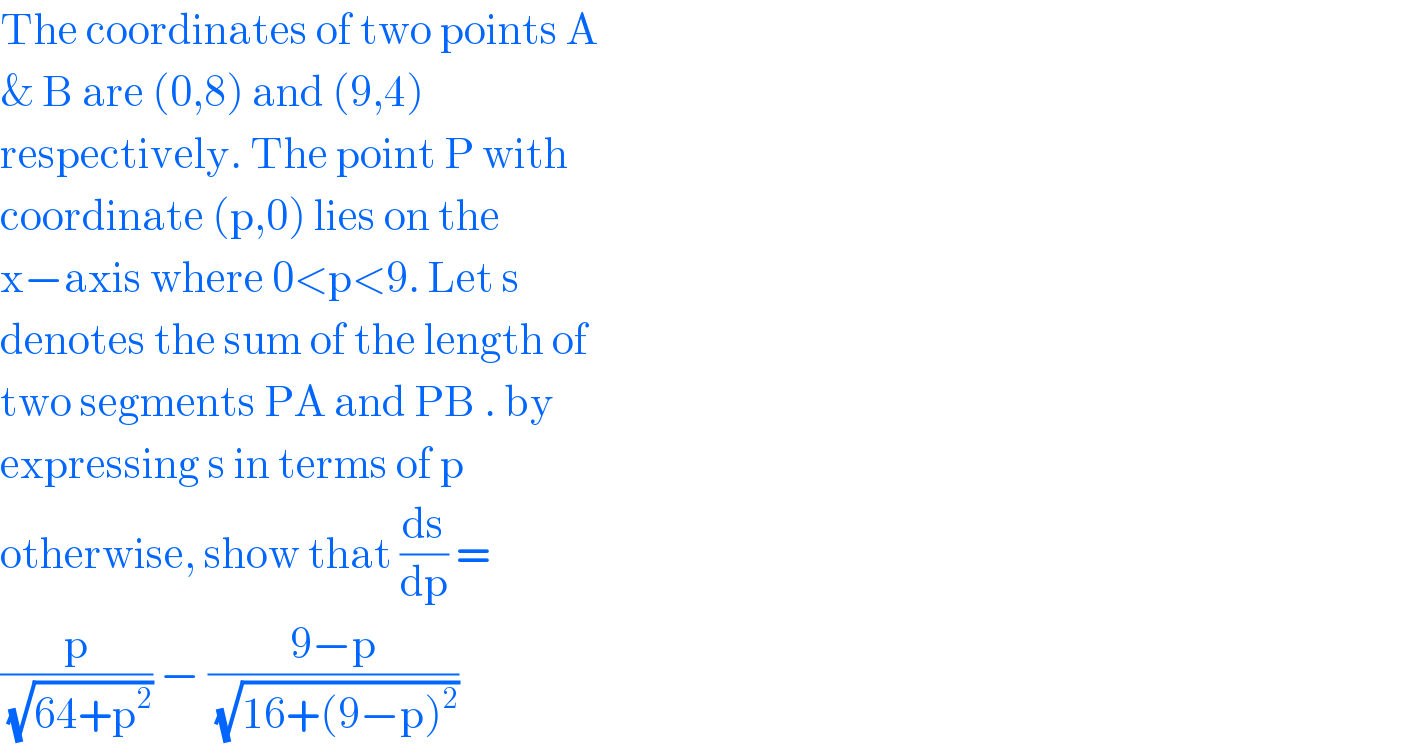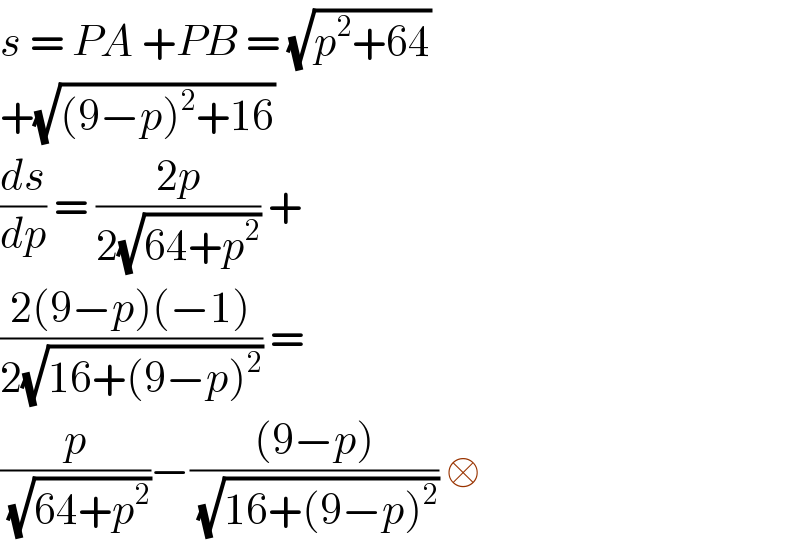
Question and Answers Forum
Question Number 102804 by bramlex last updated on 11/Jul/20

Answered by bemath last updated on 11/Jul/20

| ||
Question and Answers Forum | ||
Question Number 102804 by bramlex last updated on 11/Jul/20 | ||
 | ||
Answered by bemath last updated on 11/Jul/20 | ||
 | ||
| ||